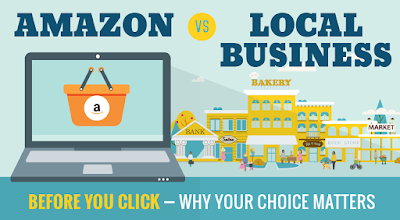Performance reviews don't have to be awful

By Kate Ashford from Monster It’s the start of a new year—time to evaluate how you’re doing and set goals for the future. For many companies, it’s also performance review time. If the thought makes you want to hide in your coat closet, there’s good news: Evaluations don’t have to be painful. You can structure the review process a variety of ways, but the key to making everything easier is to treat it like a rolling conversation. "Companies are moving away from an annual performance review, [going] to regular check-ins and ongoing feedback conversations throughout the year," says Todd Cherches, CEO and co-founder of executive coaching firm BigBlueGumball. Above all, employees need to understand what you want from them. "Throughout the time that I’m working for you, I need to be totally aware of two things: the expectations and whether I’m meeting them," says Laura MacLeod, an HR expert and consultant with From The Inside Out Project, an employee-morale company





